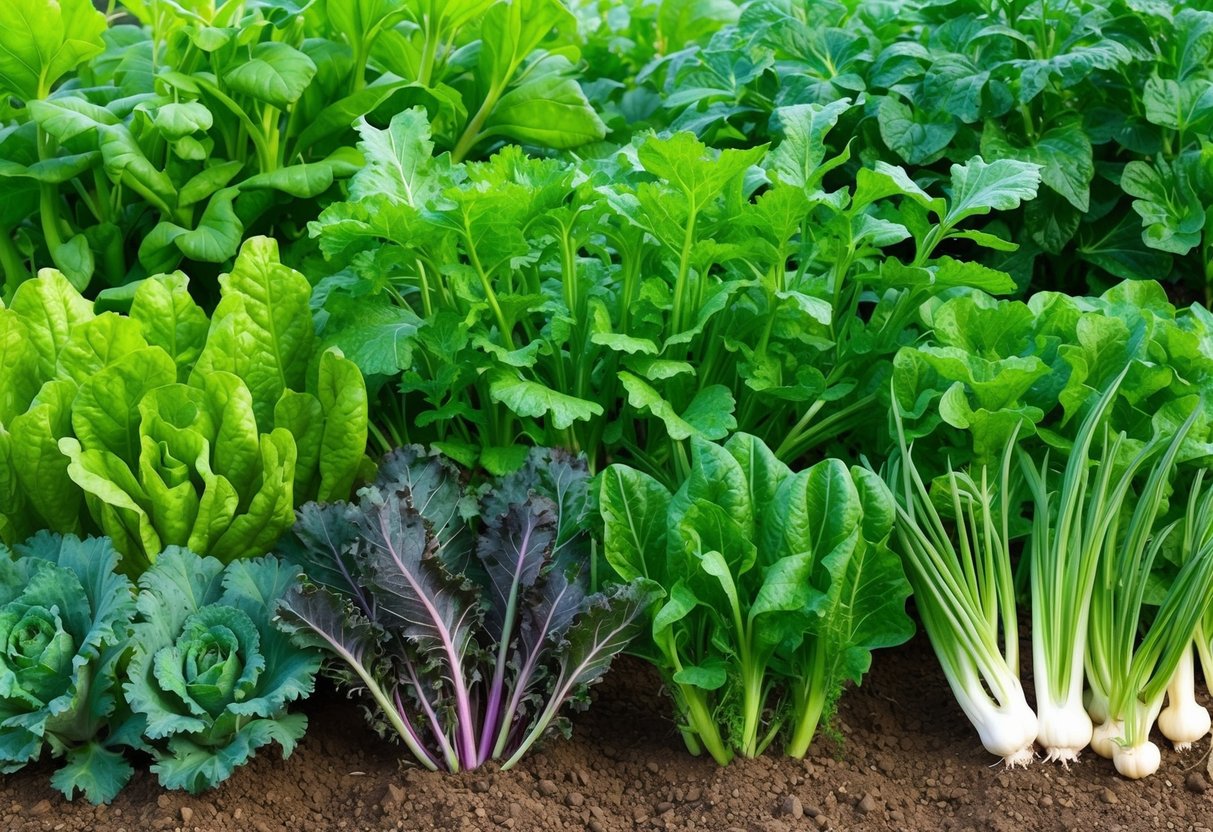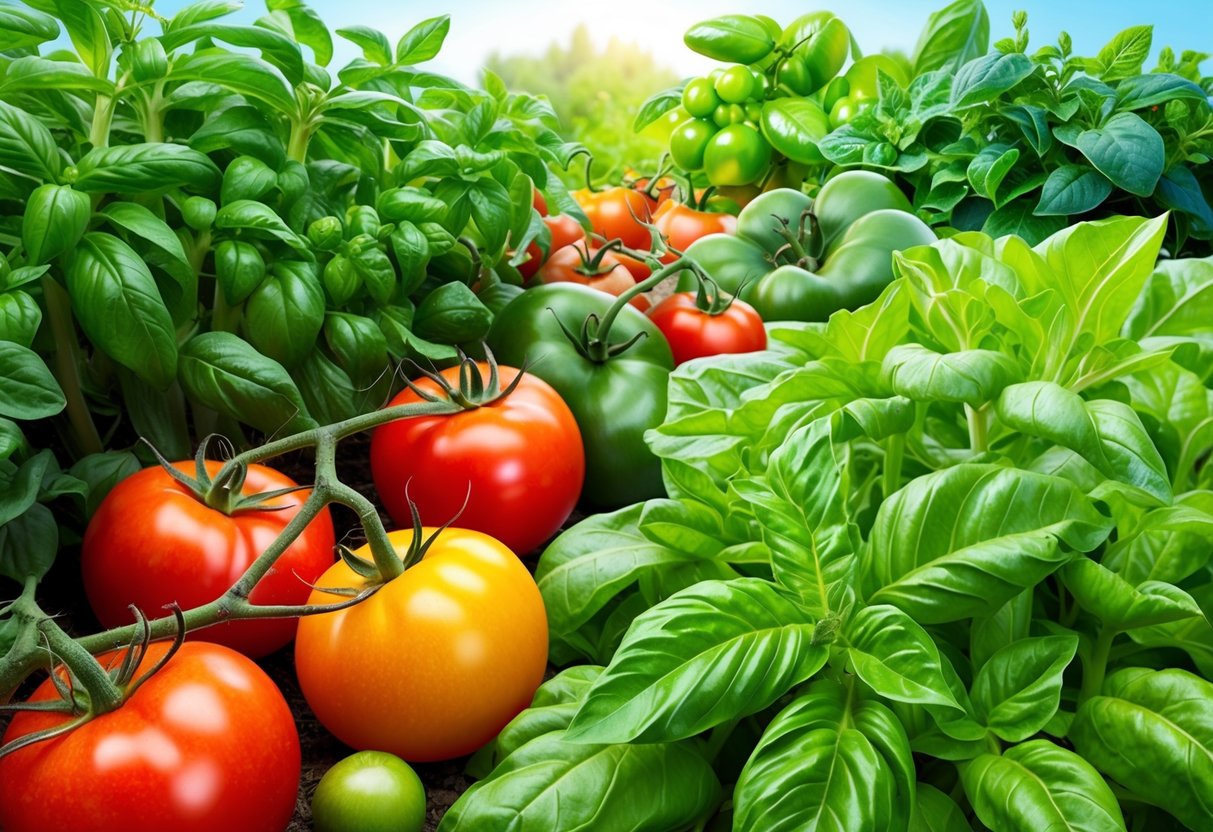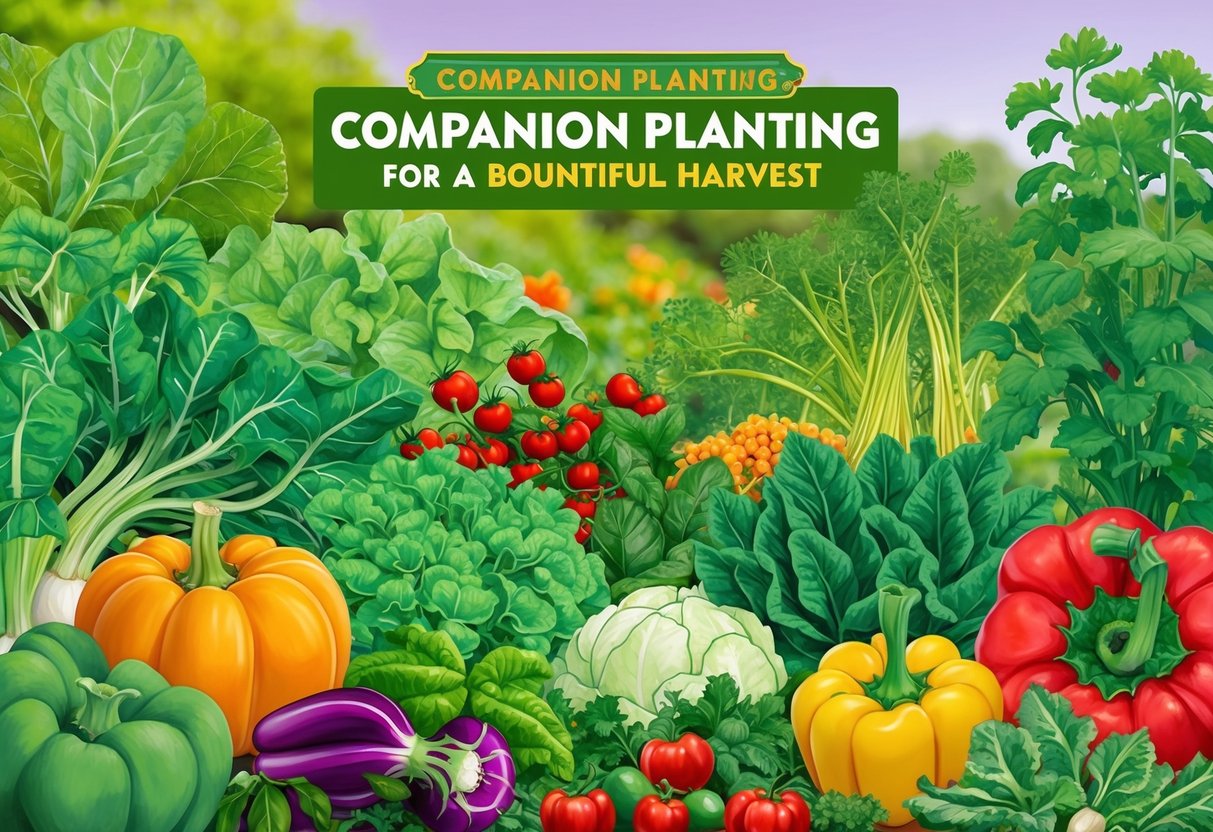
Advanced Companion Planting Strategies

Maximizing vegetable harvests with companion planting goes beyond basic plant pairings. Effective planting strategies like succession planting, crop rotation, and trap cropping can further improve soil health, manage pests, and optimize bed space for continuous, productive yields.
Succession Planting and Crop Rotation
Succession planting keeps garden beds active by replacing harvested crops with new selections in the same season. For example, after harvesting early lettuce, gardeners can plant bush beans or carrots in the same bed.
This technique maintains steady harvests and prevents bare soil, reducing weed pressure. Crop rotation involves changing crop families in each bed every season.
Rotating tomatoes, legumes, and brassicas in separate years minimizes soil-borne diseases and disrupts pest cycles. Crop rotation also balances soil nutrients, as different plant families have varying fertilizer needs and deplete specific minerals at different rates.
Below is a simple crop rotation example:
| Year | Bed 1 | Bed 2 | Bed 3 |
|---|---|---|---|
| 1 | Tomatoes | Beans | Cabbage |
| 2 | Cabbage | Tomatoes | Beans |
| 3 | Beans | Cabbage | Tomatoes |
For more insight on crop rotation and companion planting charts, reliable online resources can be consulted.
Using Trap Crops to Divert Pests
Trap cropping is a targeted pest management approach using specific plant combinations. Certain plants, called trap crops, lure pests away from high-value vegetables.
For instance, planting radishes near squash can attract flea beetles, sparing the squash itself from infestation. Some effective trap crops include:
- Nasturtiums: Attract aphids and whiteflies away from beans and cucumbers.
- Mustard greens: Draw flea beetles, reducing pressure on eggplant or potatoes.
- Marigolds: Deter nematodes and attract spider mites, serving as a living barrier.
Placement is critical; trap crops should be planted at the garden edge or in close proximity to target vegetables. Regularly monitor and remove infested trap crop plants to break pest cycles before they spread.
Gardeners seeking specific plant-pest combinations can find detailed guides in resources similar to those at Farmers’ Almanac.
Frequently Asked Questions

Companion planting uses specific plant pairings to encourage natural growth, deter unwanted pests, and make more efficient use of space and nutrients. Beginners and experienced gardeners can see improvements in vegetable vitality, minimized pest problems, and healthier harvests.
What are the benefits of companion planting in a vegetable garden?
Companion planting helps boost vegetable yields by matching crops with supportive neighbors, improving plant growth, and reducing competition for resources. It also strengthens plant health by enhancing soil fertility through nitrogen fixation and organic matter.
This method can lower disease rates, attract pollinators, and even result in more flavorful produce.
How can I create an effective companion planting garden layout?
Start by grouping vegetables with similar sunlight and water needs. Arrange plants in blocks or rows, placing compatible companions near each other for maximum benefit and keeping incompatible species apart.
Rotate crops each season for even better soil and pest management results.
Which plants are most beneficial to grow together for a healthy harvest?
Classic pairings include tomatoes with basil for flavor and pest resistance, carrots beside onions to repel carrot flies, and beans planted with corn for mutual support and soil improvement. These arrangements promote balance and enhance productivity throughout the growing season.
Basil, marigolds, and nasturtiums are also prized companions for vegetables.
Are there any combinations of plants that should be avoided in companion planting?
Certain vegetable pairings can lead to poor growth or increased susceptibility to disease. For example, keep onions and beans apart, as they can inhibit each other’s growth.
Broccoli and tomatoes also compete for similar resources and should be grown separately. Careful planning helps avoid these negative interactions.
Where can I find a reliable companion planting chart for my vegetable garden?
Gardeners interested in detailed pairing information can use a companion planting chart that lists compatible and incompatible vegetables. These charts are helpful for planning layouts, maximizing harvests, and improving growing conditions in the home garden.
Charts are often updated as new research becomes available.
Can companion planting help with pest control and how?
Yes, companion planting is a proven technique for managing common garden pests naturally.
Many companion plants, such as marigolds and chives, release scents that repel insects and confuse pests looking for target crops.
Tall or dense plants can shield vulnerable vegetables.
Attracting beneficial insects reduces the need for chemical solutions.
Learn more at this companion planting guide.